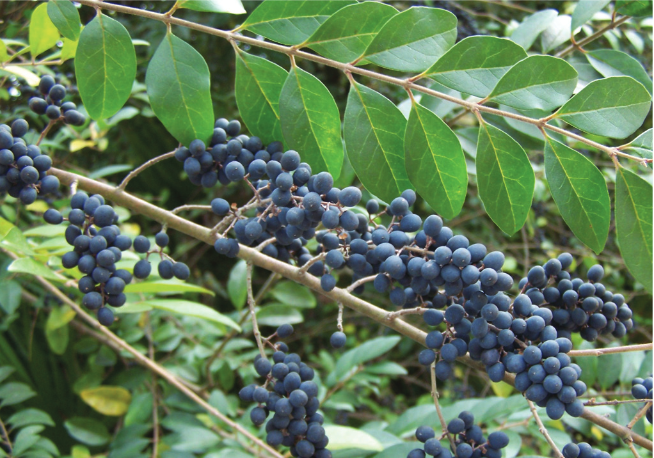
by Doug Mayo | Feb 2, 2018
This week’s featured video was produced by Alabama Extension to show the results of a Chinese Privet chemical control demonstration. This video shares the results for three techniques used for privet control: foliar (spraying leaves), cut stump, and basal bark...
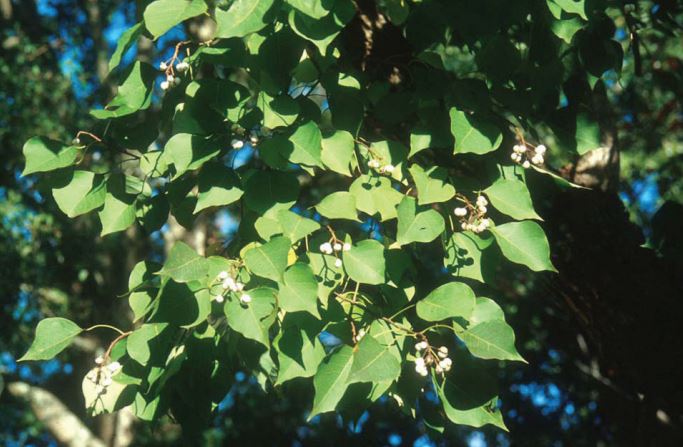
by Kalyn Waters | Jan 26, 2018
Chinese Tallow is an invasive tree that is now well established in the Southern United States. It first became a concern in natural areas, due to its invasive nature and adverse effect on native communities of plants. Chinese tallow was first recognized as an issue in...
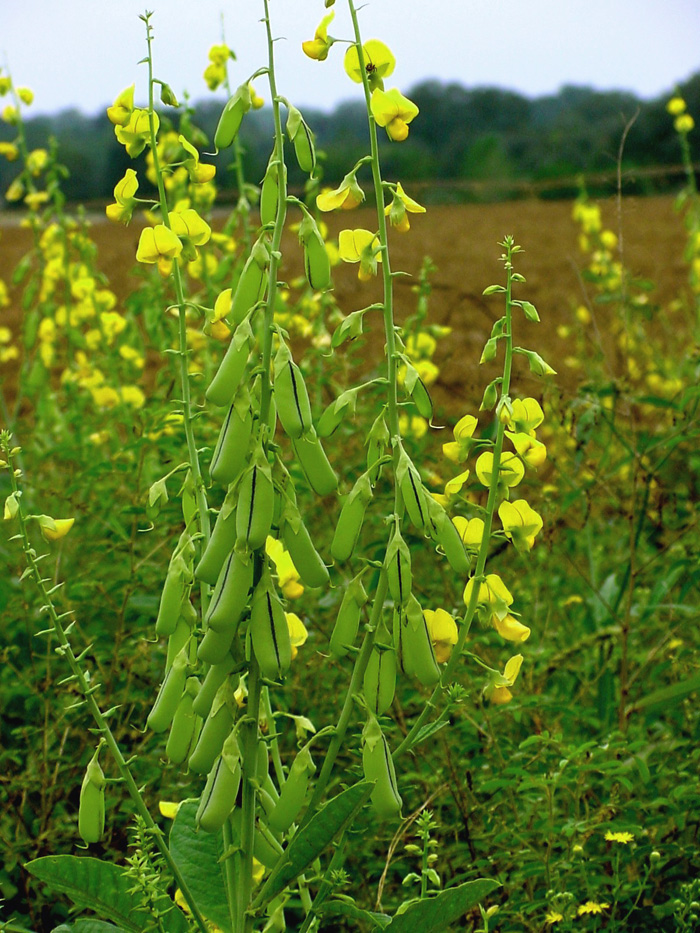
by Kalyn Waters | Aug 4, 2017
Commonly known as Showy Rattlebox, Showy Crotalaria is a fast growing summer annual that germinates in early spring and flowers in late summer. As a member of the legume family, it was brought to the United States to be used as a cover crop to help set nitrogen in dry...
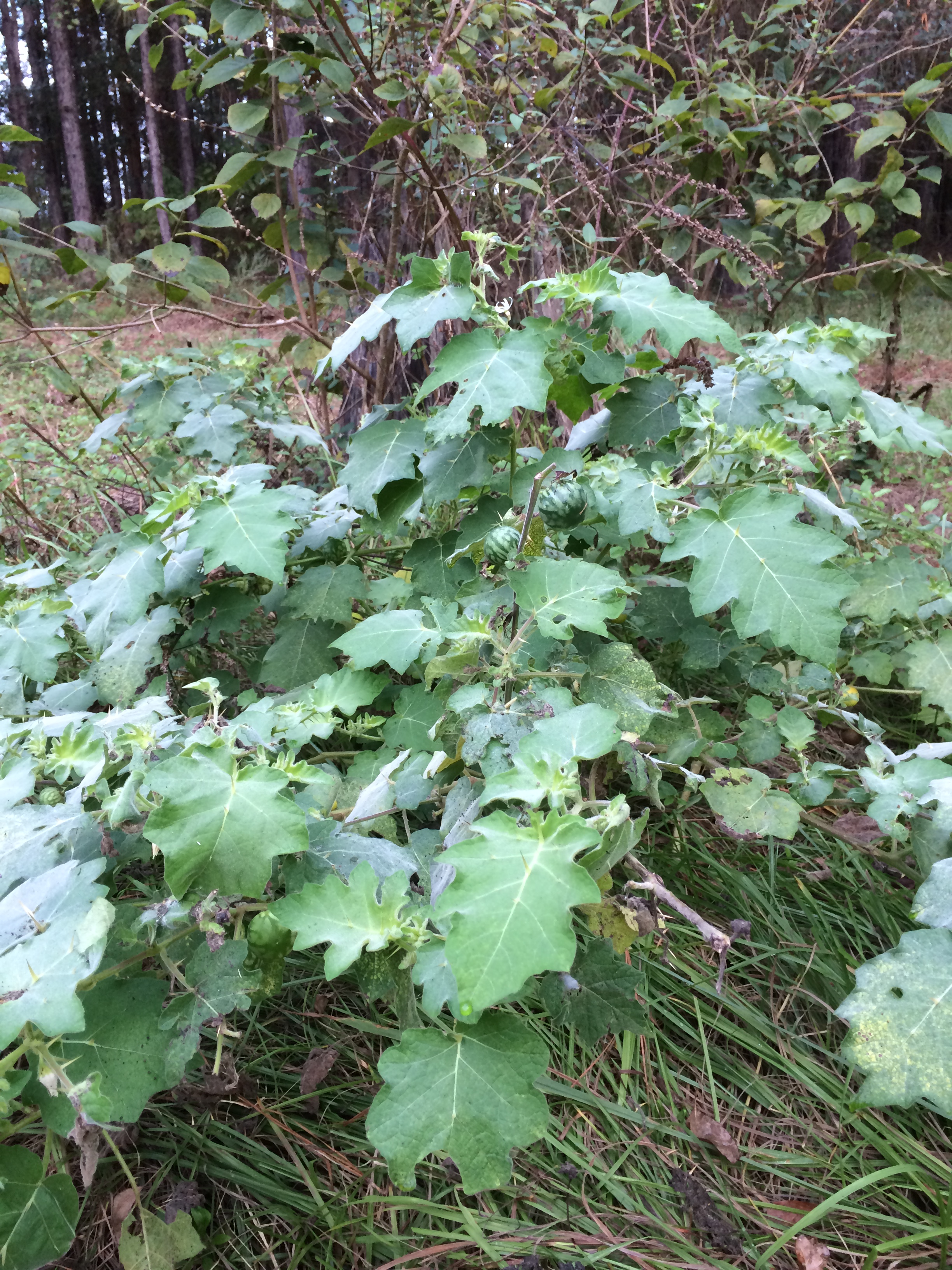
by Kalyn Waters | Jul 28, 2017
This week’s featured weed is tropical soda apple, a serious weed problem in many pastures and natural areas of Florida. This invasive weed is very prolific and can infest a pasture in a very short time. Its fruit are toxic to goats, and the unpalatable thorny leaves...
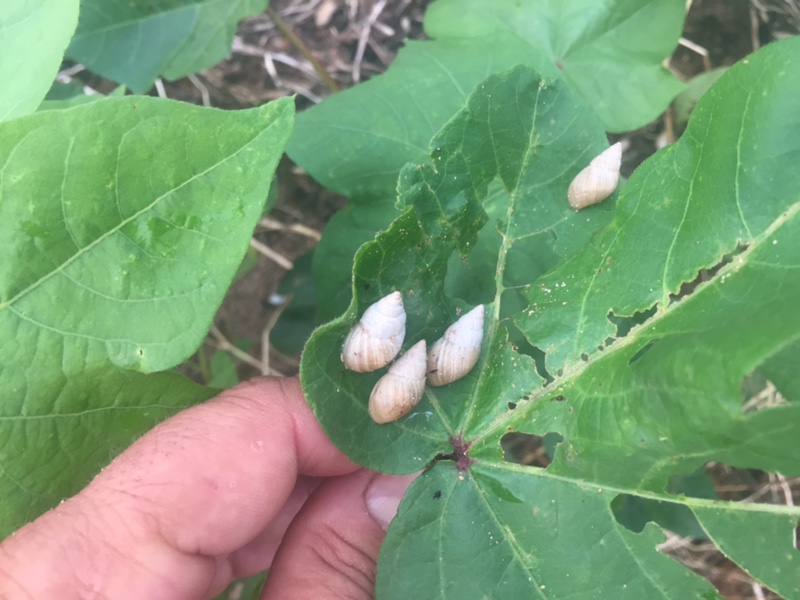
by Michael Donahoe | Jul 14, 2017
Snails have invaded some local areas throughout northern Santa Rosa and Escambia Counties this summer. The snails are tan colored, high and conical, with mature snails about ¾ to 1-inch long. They have been found in extremely high numbers in some crop fields,...
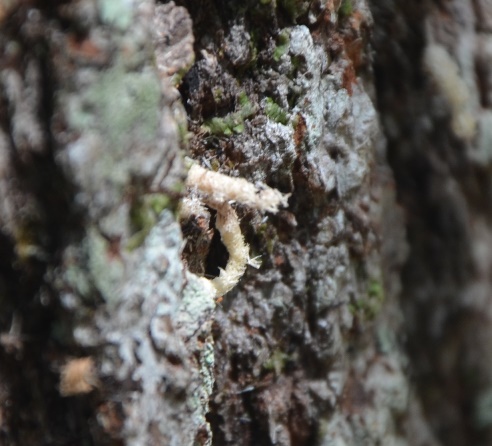
by Les Harrison | Jul 14, 2017
Ambrosia beetles are known for attacking various woody plants, causing some limb and stem dieback and sometimes plant death. There are at least 30 species of ambrosia beetles in Florida, several of which are non-native. Typically ambrosia beetles have a symbiotic...







